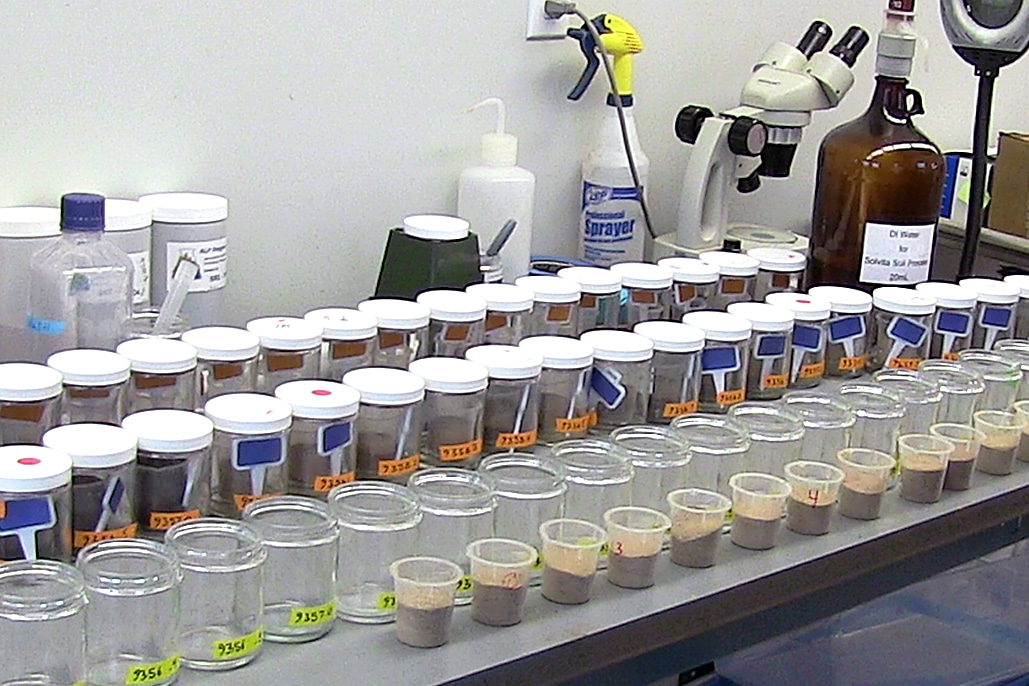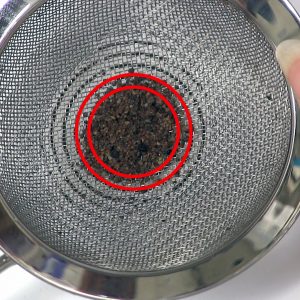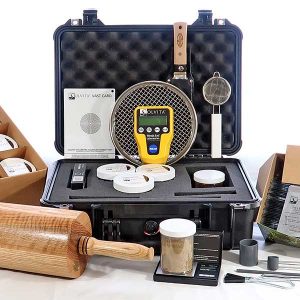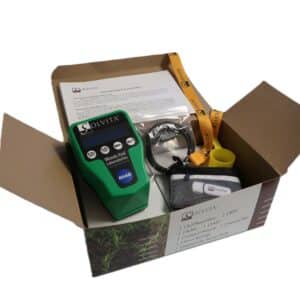Soil Health Suite
Biology – Chemistry – Physics
Testing soil quality for sustainable productivity – often referred to as soil health – requires more than just testing for inorganic nutrients. It is commonly accepted that such testing must encompass a quality triangle including chemical, biological and physical traits.
The enables capturing relevant evidence within each segment:
Biology:
Chemistry/Nutrients:
Physical/Structural:
Soil testing is widely considered to be the backbone of modern agricultural productivity – matching soil fertility to potential yields. Without seasonal monitoring of soil nutrient levels a grower faces the risk of incorrectly estimating yield potential. In addition, increased environmental concerns for declining soil quality and reduced groundwater quality mean that soil nutrient intensity must be better controlled. From all these perspectives it is hard to imagine agriculture without soil testing.
Soil biology has recently come into sharper focus for its potentially critical role in sustaining crop productivity. Yet, soil biology tests and procedures to reveal overall soil functioning are not new, and were created early in the 1970’s by European scientists working largely in and around the emerging organic-biological farming movement. Methods such as short- and long-term (1,- 7-day) CO2 respiration, soil-structure and enzymes are all procedures that were conceived and carefully studied to aid controversial farm-system comparisons in the 1970’s into the early 80’s. With such a strong historical precedent and such urgent current warning signals about soil and water-quality declines, it is no longer sufficient to only test for inorganic nutrients in soil.

Solvita CO2 and SLAN are tests that can be easily run in quantity along with nutrients.
Since its inception in 1994, Solvita has emerged from Woods End Laboratory as a leading, cost-effective tool for “add-on” soil assessment, helping replace earlier somewhat clumsy biology lab procedures such as base-trap titration, suited to research but not to widespread use. One or more Solvita procedures can provide results – relatively rapidly- regarding a nexus of bio-chemical and biophysical effects which may stem from practices of tillage, crop rotations and fertilization that are helping – or harming – soil biology. For example, it is extraordinary how years of ammonium fertilizer usage has driven down soil pH, incidentally reducing microbial CO2 respiration, which subsequently has caused a significant reduction in natural nitrogen-mineralization. This potentially viscous downward cycle was first noticed when soil respiration tests were included by researchers in routine soil analysis. By combining Solvita tests with regular nutrient tests it is possible to attain new insights into why soils differ in responsiveness when nutrient tests are similar, or to spot effects of “tillage+chemical over-intensification” which are not flagged in common nutrient tests.
Taking Next Steps
As a Researcher:
you may wish to explore cost-effectively adding biological procedures into field programs.
As a Grower:
you may wish to find a lab near you enrolled in the Solvita proficiency program.
As a Lab:
you may wish to find ways to economically include soil biology tests in your offered services! Woods End Lab can help you design your own program.
As a Farm Consultant:
you may desire to add biological methods to aid your services.
For More Info:
go to our FAQ section or contact our tech support at 207-293-2457




